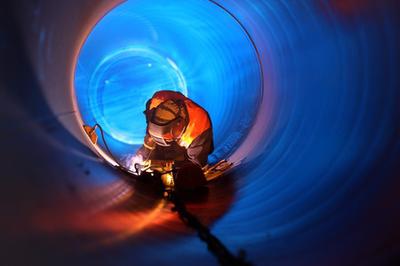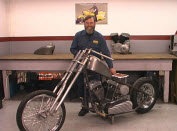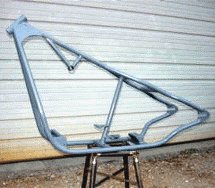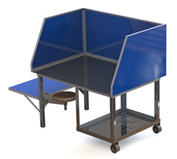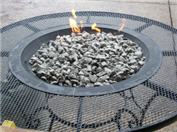Pipe Welding Now and In The Future!
by Alexander Barth
(Essen Germany)
For both onshore and offshore pipeline welding activities, there have been notable advancements that have increased efficiency, reliability and productivity. Taking this into consideration, where are we at with the technology of pipe welding equipment, and what do we have to look forward to in the future?
The Current State of Welding
Today, pipe welding is mostly controlled through computers, rather than by a mechanized system, and can be referred to as automated. Contractors overseeing a pipeline connection have the option to use external roots, with or without a copper backing, or internal roots. Each method has its advantages and disadvantages.
For on land, internal roots see the highest rates, as well as a greater tolerance to alignment. Copper backing, however, is cheaper, but the risk of contamination and a slower rate exposes the disadvantages of this method. Lastly, external roots without backing are the cheapest option, but the slowest to complete.
A method of welding now available is fill and cap pass welding with dual bugs. The development of this dual bug system improved production rates significantly for offshore projects, due to the restricted availability of weld stations. While an extra welding bug does not double the production
What Does the Future Hold?
At the moment, developments are concentrated on logging data, seam tracking and stronger clamps. The advancements in computing are driving these trends as manufacturers look to take advantage of the technological age. Techniques such as laser tracking and ways to control arc voltage are being targeted most by equipment suppliers. The ultimate aim of all these potential developments is to improve weld consistency and quality, and production rates.In the last three decades, the majority of alternative options for welding have been tried and tested, with some being looked at in more detail than others, but most have ultimately failed. These methods include SAG, explosion, laser beam and flash butt. The combination of gas metal arc welding (GMAW) and lasers is one option currently being worked on, amongst other things.
Research into tandem GMAW, which shows increased productivity, is one avenue to go down. In the end, however, developments will gravitate towards how to improve computer control, with the end-result being robotic welding.
For more information about pipe welding equipment and pipe beveling machines go to http://www.dwt-gmbh.de/en/home.html.
Comments for Pipe Welding Now and In The Future!
|
||
|
||
Top Rated Videos:
Top Tools and Resources:
Welding Plans:
New! Welding Table
New! Log Splitter
Top Projects:
